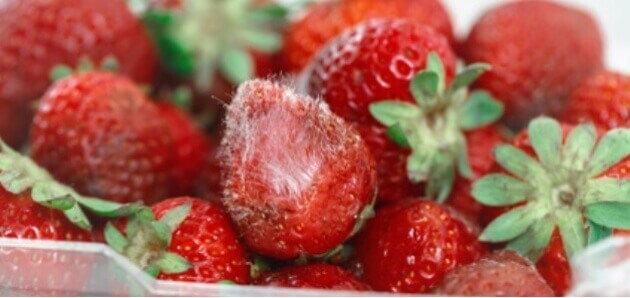
Fresh strawberries are tasty, healthy — and all too often, develop mold faster than you can eat them. So what to do when a moldy strawberry appears? Are the rest of the strawberries still safe to eat or do you have to throw out the entire container just because of a few bad berries?
Starting with the moldy berries, the U.S. Department of Agriculture points out that it is not safe to eat soft fruits, like strawberries, that have mold on the surface. That’s because the mold could have easily penetrated into the soft flesh of the strawberry, where you can’t see it. And moldy food, when eaten, can cause allergic reactions and respiratory problems.
But are the remaining strawberries still safe to eat? Just because you find a few moldy strawberries, does that mean you have to throw out the entire container? Not necessarily, according to the experts at the University of California, Berkeley.
You should start by throwing out the moldy strawberries and any other berries that are directly touching them. Then take a close look at the remaining berries: if they show no signs of mold and aren’t overly mushy then you can go ahead and eat them. Be sure to wash the strawberries thoroughly first.
As detailed here, strawberries will keep in the refrigerator for about three to seven days; you can also freeze them for longer-term storage.
See Also: